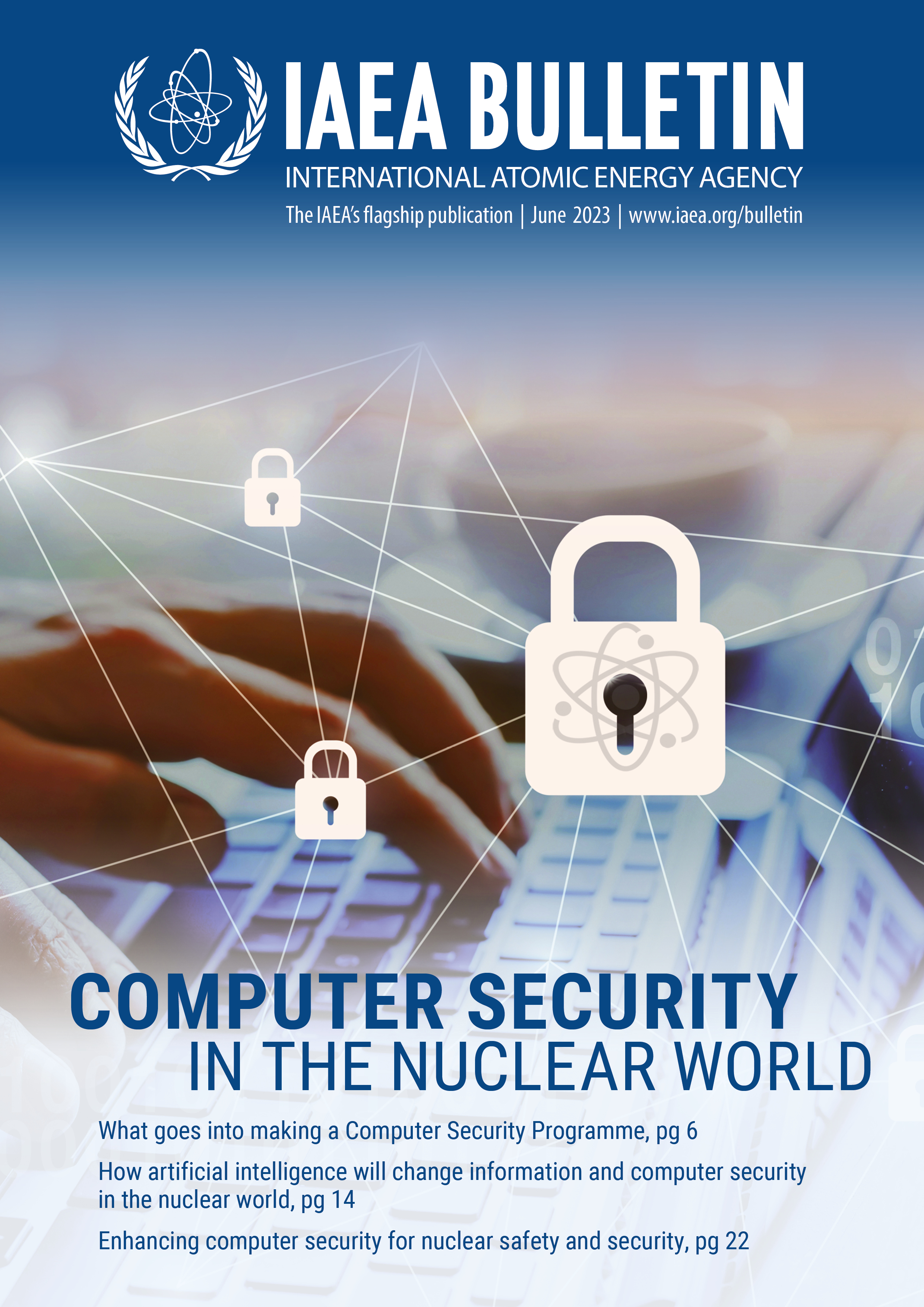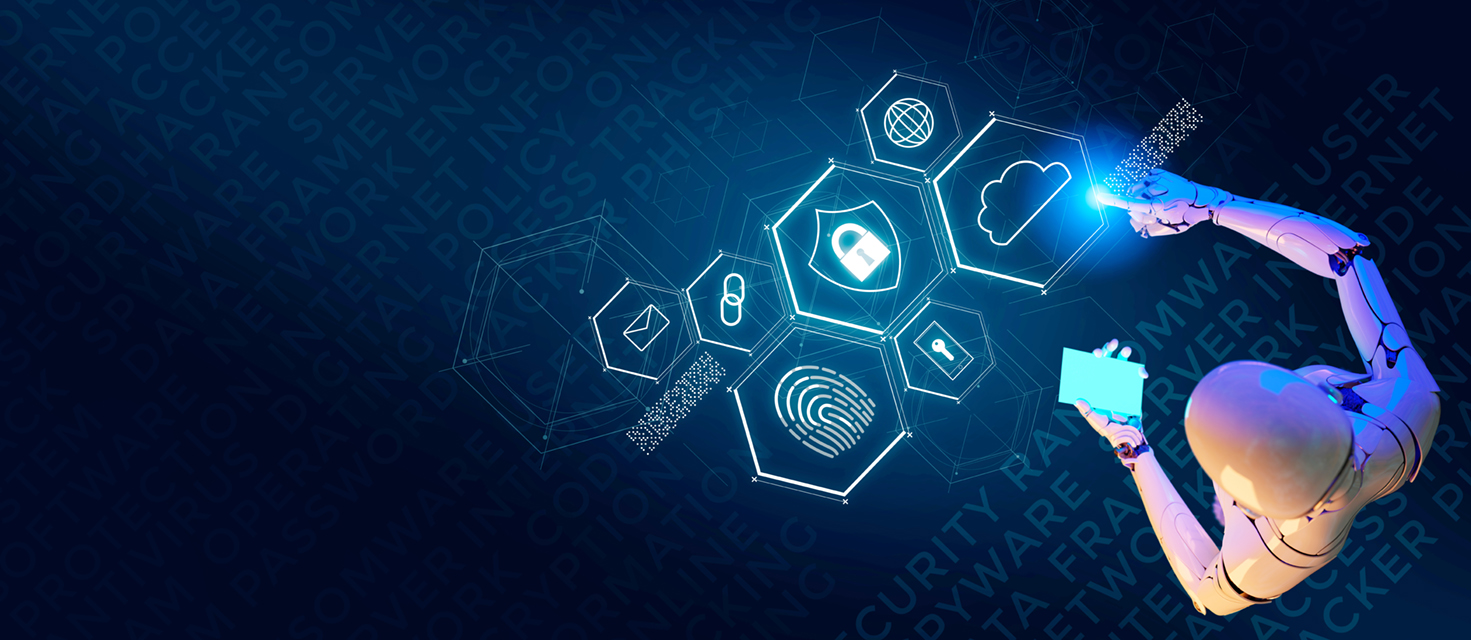Challenges to be addressed
The benefits offered by AI in nuclear and radiological facilities depend greatly on how the AI system has been trained. AI is only as intelligent as the training data it is working with, and it can be manipulated into giving false readings and results if it does not have the correct inputs. This remains a significant barrier to its use for nuclear security. Even with the recent advancements in AI technology, using it as a replacement for a human is not feasible. Physical protection, material accounting and control and direct measurements — essential activities for ensuring nuclear security — require a
human input.
An additional challenge with AI with regard to nuclear security is understanding how and why an AI model has made a particular decision or prediction. “Transparency and explainability —where humans can understand the reasoning behind decisions or predictions made by the AI — are among the most significant problems with AI models. It is often challenging to understand how these models arrive at their conclusions, making it difficult to trust and ensure the integrity of their output,” said Scott Purvis, Head of the Information Management Section in the IAEA’s Division of Nuclear Security. “This becomes particularly problematic when these models replace sensors providing direct measurements and human experience gained with the unique characteristics of each facility. It becomes impractical to place any assurance in the system’s integrity unless there is a prior comprehensive advanced understanding of the AI algorithms to recognize how and why decisions are made.”
The IAEA’s guidance on computer security for nuclear security includes best practices on human checks and balances to guide facilities’ awareness of which processes can be automated by AI and which should continue to have human oversight, at least until the risks of this rapidly developing technology are known. They also provide an essential resource that can enable countries to put important computer security measures in place to detect, prevent and respond to cyberattacks.
Additionally, a CRP was developed by the IAEA to support research in strengthening computer security. Entitled “Enhancing Computer Security Incident Analysis at Nuclear Facilities”, the CRP brought together representatives of 13 countries to work on improving computer security capabilities, including AI techniques, at nuclear facilities to detect anomalies indicating targeted cyberattacks.

